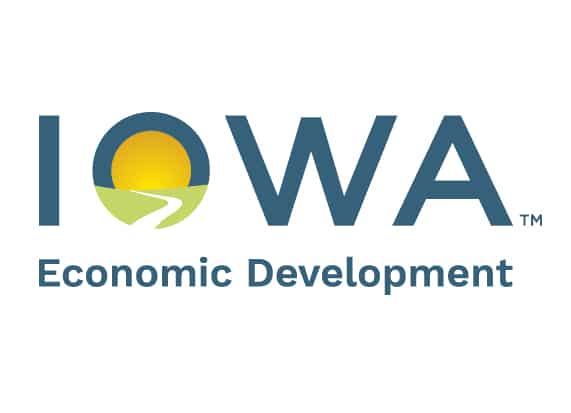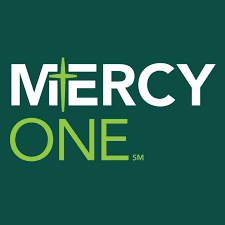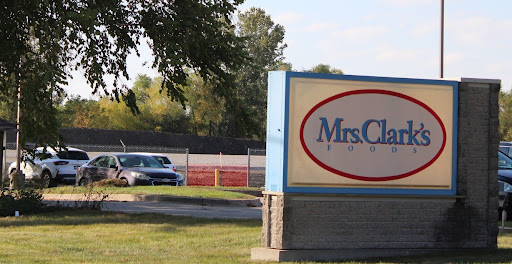Feeding America study: Food insecurity has increased in every Iowa county

Business Record Staff May 16, 2025 | 3:56 pm
2 min read time
483 wordsAll Latest News, Iowa Stops Hunger, Nonprofits and PhilanthropyFood insecurity is up in all 99 Iowa counties.
That’s according to Feeding America’s annual Map the Meal Gap study. One in eight Iowans (12%) and one in six Iowa children (16.6%) face food insecurity, according to the latest report.
In Iowa, 385,130 people do not know where they will find their next meal, including 120,220 children. The annual meal gap in Iowa is nearly 73 million meals. Additional money required to meet the state’s food needs would exceed $248.3 million.
The food insecurity rate among Black people (all ethnicities) in Iowa is 30%. Among Hispanic people of any race, it’s 21%. And among White, non-Hispanic people, food insecurity is 10%. Food insecurity estimates are not available for individuals who identify as Asian, Native American, Pacific Islander, other races or ethnicities, or multiple races.
“While the latest study is based on 2023 data, it confirms the record need for food access we’ve seen every day for the past three years,” Food Bank of Iowa interim CEO Tami Nielsen said in a prepared statement. “We remain deeply concerned about rising costs and continued cuts to poverty relief, which only put more strain on our neighbors facing hunger. We will never stop fighting for full plates and a stronger state, but we can’t continue doing more with less. Our communities need help.”
Child food insecurity exceeds 20% in 11 Iowa counties: Appanoose, Black Hawk, Cass, Clarke, Des Moines, Lee, Lucas, Montgomery, Osceola, Wapello and Wayne. Food Bank of Iowa serves nine of them, including hardest hit Appanoose County, where a quarter of kids (24.6%) and 16.9% of residents overall face hunger.
The Food Bank of Iowa serves seven of the top 10 counties with the highest overall levels of food insecurity. Here is the food insecurity rate in the top 10 counties:
- Appanoose County: 16.9%, or 2,070 residents.
- Wapello County: 15.2%, or 5,340 residents.
- Cass County: 14.7%, or 1,930 residents. (Served by Food Bank of the Heartland.)
- Crawford County: 14.6%, or 2,390 residents. (Served by Food Bank of Siouxland.)
- Clarke County: 14.2%, or 1,380 residents.
- Des Moines County: 14.2%, or 5,500 residents.
- Lee County: 14.2%, or 4,700 residents.
- Clayton County: 14.1%, or 2,410 residents. (Served by Northeast Iowa Food Bank.)
- Decatur County: 14.1%, or 1,080 residents.
- Lucas County: 14%, or 1,210 residents.
Polk County’s overall food insecurity rate is 11.5%. Among children, it’s 16%. The 56,970 people affected by hunger in Polk County, including 19,630 children, comprise nearly 15% of the state’s overall food insecure population.
This is the 15th consecutive year Feeding America has produced the Map the Meal Gap study. It is the only study that provides local-level estimates of food insecurity and food costs for every county and congressional district. The study builds upon the USDA’s latest report of national and state data, which showed 47 million people, including 14 million children, experienced food insecurity in 2023, the highest rate in more than a decade.










